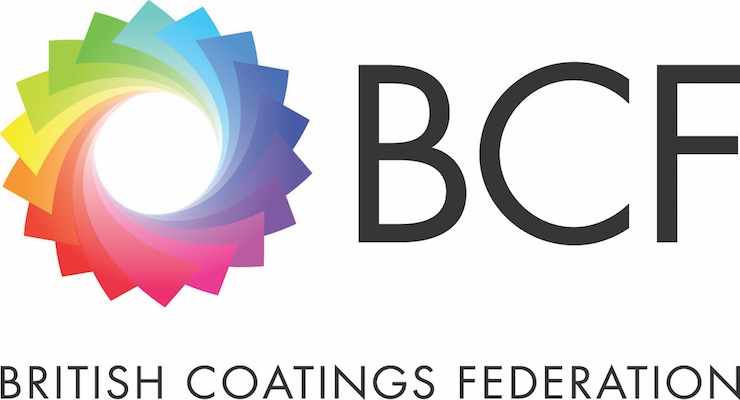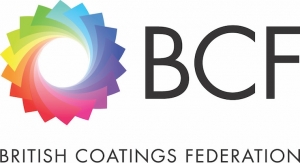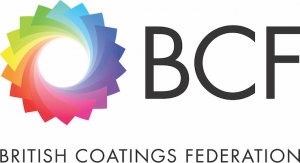03.12.19
The BCF wrote to the UK’s Health and Safety Executive highlighting the major concerns for the coatings and printing ink industries, following the publication of an independent study of new EU Poison Centre legislation that will put the coatings and printing ink sector out of business, if not fundamentally altered.
“The recent workability study, commissioned by the EU itself, has shown the hugely disproportionate, and crippling cost of implementing the new Poison Centre regulation, set to come into force on January 1, [2020]," BCF CEO Tom Bowtell said.
A poison center is another name for a helpline for medical professionals, to find out information about the chemical makeup of products, and an EU wide database is being planned to store this information for emergency health response.
A three hundred fold increase in the number of notifications to poison centers is predicted for the paints, coatings and ink sector – 44.5 million notifications, with an estimated bill of €9 billion for the sector across the EU, that would bankrupt the industry. This for a sector that only turns over €40 billion, according to the Wood report, commissioned by the department for economic growth (DG GROW) in the European Commission.
“We are of course in favor of having clear information available for doctors to be able to treat patients who may have accidentally swallowed one of our member’s products, but there has to be a simpler and more cost-effective way,” said Wayne Smith, BCF’s director of regulatory affairs.
The key issue here is the requirement for every paint or formula to have a unique identifier. This is quite ridiculous, given the similar chemical makeup of the majority of formulas in each product range.
The BCF, along with other coatings and ink associations across Europe, are writing to their authorities to highlight the problem.
“The recent workability study, commissioned by the EU itself, has shown the hugely disproportionate, and crippling cost of implementing the new Poison Centre regulation, set to come into force on January 1, [2020]," BCF CEO Tom Bowtell said.
A poison center is another name for a helpline for medical professionals, to find out information about the chemical makeup of products, and an EU wide database is being planned to store this information for emergency health response.
A three hundred fold increase in the number of notifications to poison centers is predicted for the paints, coatings and ink sector – 44.5 million notifications, with an estimated bill of €9 billion for the sector across the EU, that would bankrupt the industry. This for a sector that only turns over €40 billion, according to the Wood report, commissioned by the department for economic growth (DG GROW) in the European Commission.
“We are of course in favor of having clear information available for doctors to be able to treat patients who may have accidentally swallowed one of our member’s products, but there has to be a simpler and more cost-effective way,” said Wayne Smith, BCF’s director of regulatory affairs.
The key issue here is the requirement for every paint or formula to have a unique identifier. This is quite ridiculous, given the similar chemical makeup of the majority of formulas in each product range.
“This needs sorting out, and the regulation must be delayed until pragmatic solutions are agreed,” Bowtell said.
The BCF, along with other coatings and ink associations across Europe, are writing to their authorities to highlight the problem.
“We hope that common sense will prevail, and the new legislation delayed until more practical solutions are found,” Bowtell said.




























